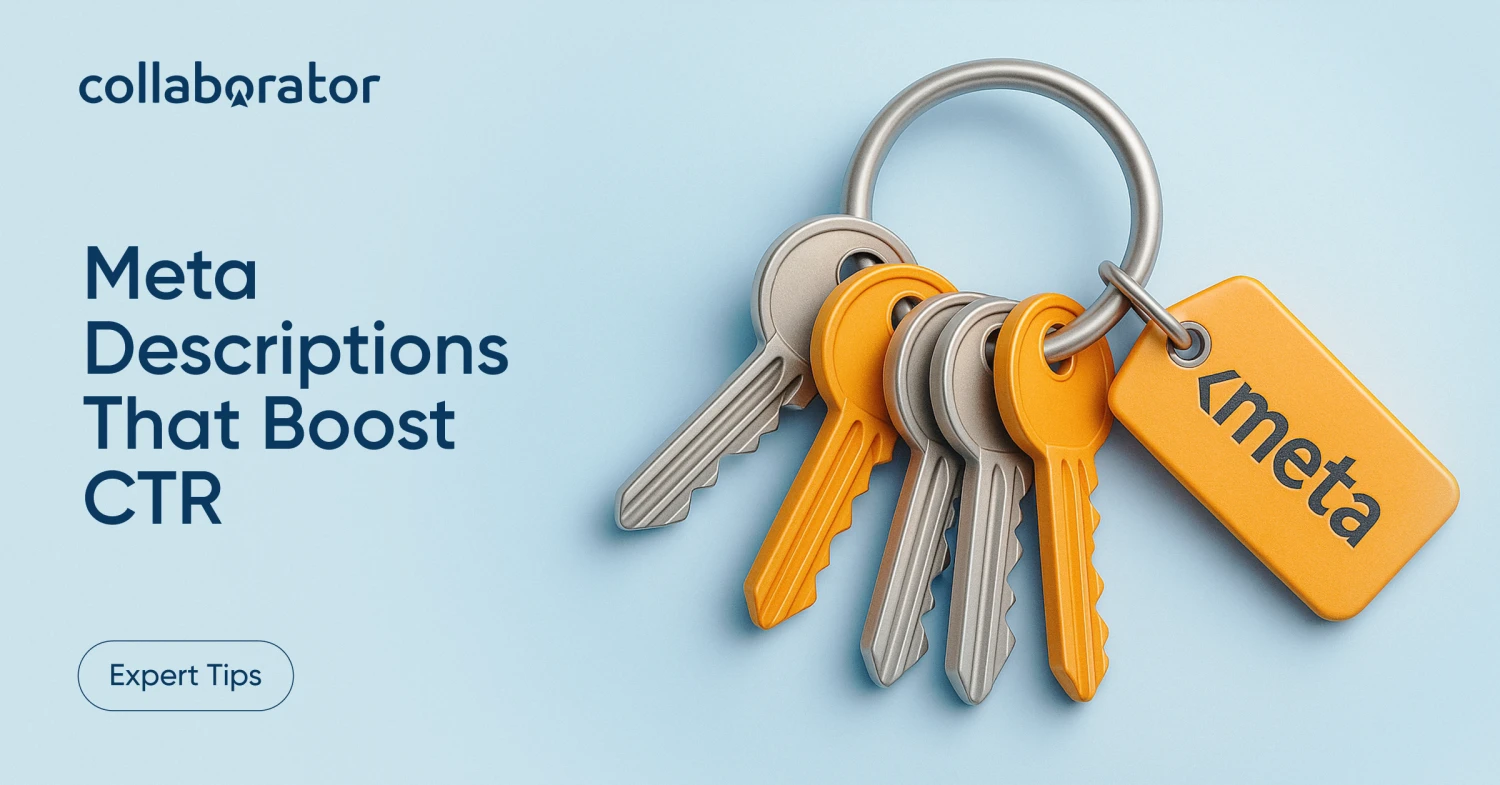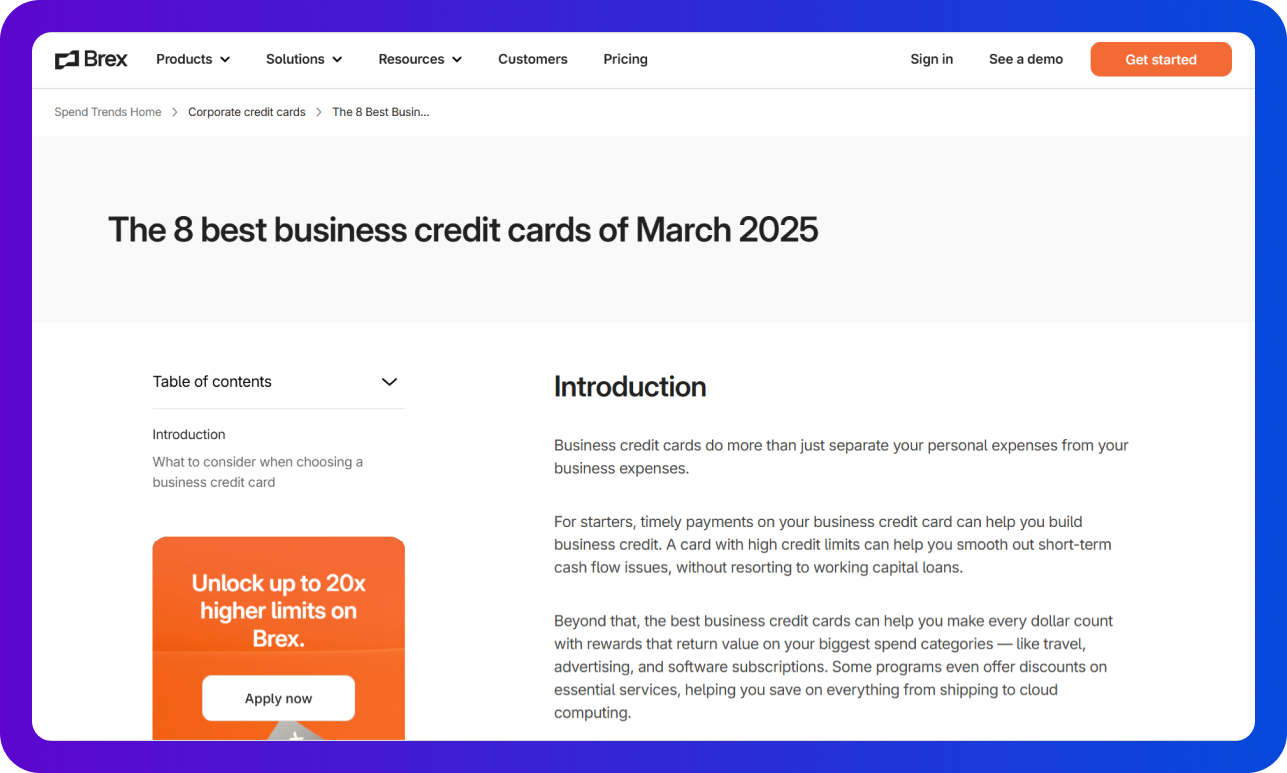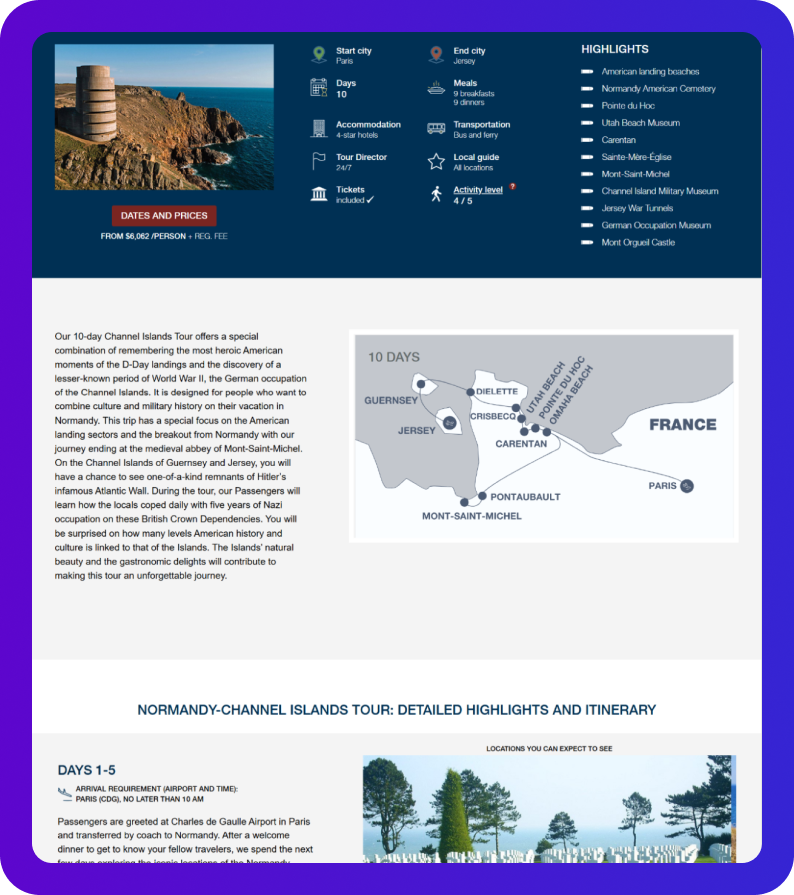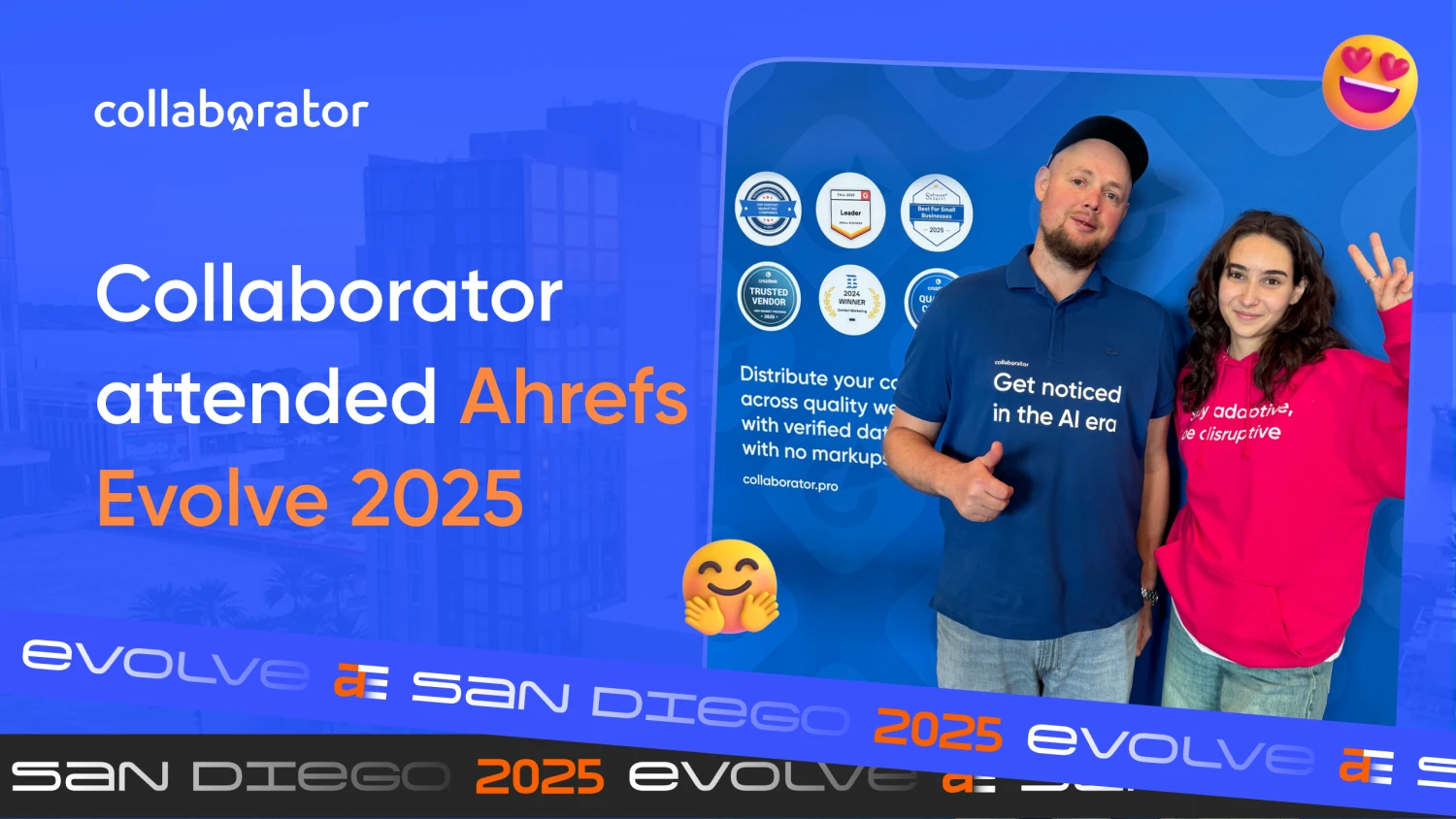5 Tips for Crafting Compelling Meta Descriptions That Boost Click-Through Rates

When it comes to SEO optimization, every piece of low-hanging fruit matters.
And metadata is no exception.
When you’re intentional with your meta descriptions and titles, you attract the right users to your website and encourage them to act.
Let’s take a closer look at the benefits of crafting compelling meta descriptions. (We’ll also review five meta-description tips you should consider implementing to encourage better click-through rates. And go over lots of meta description examples to inspire yours.)
Note that you might not be able to include all of these tips in each meta description, so just try your best to include the most relevant ones! Consider your goals for each piece, and then choose accordingly.
Benefits of Crafting Compelling Meta Descriptions
A strategic meta description can help you improve online visibility, attract the right audience, and encourage meaningful engagement. (Extra emphasis on the “strategic” part.)
Here are some of the top benefits of creating super intentional meta descriptions:
Improve Visibility in Search Results
A well-written meta description makes your page stand out by clearly telling users what they’ll find. When it’s relevant and engaging, more people will click.
For example, “Bake brownies with our recipe” has zero spark.
Instead, try something like: “Indulge in the perfect brownies with our easy, foolproof recipe. They’re moist, rich, and ready in 30 minutes!”
This version is engaging and paints a clear picture of what users can expect, so it’s far more compelling.
Strengthen Brand Messaging
Your meta descriptions reinforce your brand’s voice and unique value. With a consistent tone, you can build trust with potential visitors before they even land on your site.
For example, if your brand emphasizes sustainability, a meta description like this could strengthen your messaging:
“Shop eco-friendly home goods made from 100% recycled materials. Feel good about your choices. Every purchase supports a cleaner planet.”
Improve Page Relevancy and Click-Through Rates (CTR)
A well-crafted meta description encourages clicks and signals to search engines that your page is relevant and valuable. (Google doesn’t use meta descriptions as a direct ranking factor, but click-through rate (CTR) can indirectly impact search rankings.)
For example, if you’re publishing a blog post about the best gardening tools for beginners, a meta description like this can improve relevancy and CTR:
“Discover the top 10 gardening tools every beginner needs. Find easy-to-use options that make planting a breeze and help your garden thrive.”
Encourage Conversions
When you create tailored metadata, you attract more aligned visitors to your site.
Since they’re more qualified, you have a better chance of them buying something or taking another action you’d like them to take.
For example, if you’re promoting a subscription service for exclusive fitness content, a compelling meta description could be:
“Join our fitness community today! Get unlimited access to expert workout plans, nutrition guides, and exclusive tips for achieving your health goals.”
Support Local SEO
Google favors local results for certain searches. For location-based businesses, a geo-specific meta description can reinforce your connection to a particular area. This increases the chances of appearing in local search results.
For example, a local bakery could use this meta description:
“Freshly baked goods daily in downtown Austin. Stop by for delicious pastries, cakes, and coffee made with love!”
Use Action Verbs, Clear Language, and Your Target Keyword
Never make your audience guess what your blog post or page is about. Make it clear with descriptive language and your primary keyword.
Be sure to also start each sentence in your description with an actionable verb to encourage click-throughs.
For instance, take a look at the metadata for the following blog post by Brex about the best business credit cards:
- Meta-title: The 8 Best Business Credit Cards of March 2025
- Meta-description: Discover the top business credit cards of 2025. Compare rewards, fees, and benefits from Brex, AmEx, Chase, and more. Find the perfect card for your company.
As you can tell, its meta-title is straightforward and matches the blog post title.
And the meta-description is sharp, has actionable language, and is packed with value. Brex also uses clear language and smart keyword placement to grab attention and clicks from business owners looking for the best credit card.
Keep It Relevant: Align Your Meta Description With Your Content and User Intent
When creating your meta descriptions, always remember to match the description to the content of the page and search intent.
Why this matters:
- If a meta description over-promises or doesn’t align with user expectations, clicks won’t convert into engagement or conversions.
- Google also measures pogo-sticking (users clicking a result and quickly bouncing back), which can hurt search engine rankings.
How to apply it:
- Make sure the meta description accurately reflects the content:
- Yes: “Compare the Top 10 Budget Laptops of 2024 – Specs, Prices & Reviews” (For comparison queries)
- No: “Buy the Best Laptop Today – Limited Time Offer” (If the page is an informational guide)
- Use tools like Google Search Console to analyze bounce rates and adjust descriptions accordingly.
Take a look at the meta description for Form Health’s Zepbound for weight loss page:
When users see this description, they know exactly what to expect before visiting the page:
- Meta-title: Zepbound Weight Loss: Why and When We Prescribe It | Form Health
- Meta-description: Zepbound is an FDA-approved tirzepatide injection for weight loss. Learn how it works, common side effects, and see if you qualify today!
If they’re looking for this type of support, they’ll click through to learn more.
Describe Your Product or Service in Detail
Give users a clear idea of what your product or service entails. Instead of vague or generic phrasing, highlight key details like features, benefits, and variations.
For example, here’s how StudioSuits does it for its men’s corduroy jacket collection page:
The metadata for this page is:
- Meta-title: Corduroy Jacket Collection
- Meta-description: Corduroy blazers at StudioSuits are tailored for timeless style. Available in black, brown, blue, and grey. Shop custom jackets now.
This description provides product details upfront, so shoppers know what colors and styles are available for purchase.
Speaking of purchasing …
Pitch Your Product or Service in Your Description
Meta descriptions aren’t just for blog posts or informational pages. They’re also great for attracting sales. If you’re writing metadata for product pages, landing pages, or service pages, use the space to highlight your offer and attract buyers.
For example, look at the metadata for the following service page that highlights a Channel Island tour travel package.
- Meta-title: Channel Islands Tour | WWII & D-Day Historical Packages
- Meta-description: Learn about the German occupation of the Channel Islands during World War II and combine it with a tour of the D-Day sites in Normandy.
It subtly pitches its Channel Islands Tour and talks about the historical focus of the trip — which draws in the right audience. (Which is mostly American history buffs, veterans, and military enthusiasts.)
A vague description wouldn’t catch their interest. But one that highlights the American landing sectors and Mont-Saint-Michel’s historical significance does.
Use Tailored Language to Attract Qualified Leads
Your meta description needs to speak directly to your ideal audience. That means using language that resonates with their needs and interests.
For instance, get inspired by the following metadata by Henry Meds for its testosterone therapy page:
- Meta-title: Testosterone Therapy Online - Henry Meds
- Meta-description: See if an online testosterone prescription is right for you to begin testosterone therapy (TRT). 100% online process and meds delivered to you, if prescribed.
What makes this work is the clear service description and its balance between accessibility and medical credibility.
The description speaks directly to potential customers by:
- Adding the “if prescribed” qualifier that signals proper medical oversight and helps to qualify leads.
- Mentioning the specific treatment they’re searching for.
- Highlighting convenience factors.
Wrap Up
Don’t overlook meta descriptions when planning your SEO strategy. A high-quality meta description can help influence your search engine visibility, encourage organic traffic, and increase click-through rates.
That’s why it’s so important to write intentional, action-driven descriptions that guide users to take the desired action. (Like reading a blog post or making a purchase.)
To boost your CTR, focus on clear language, relevant secondary keywords, and tailored messaging that resonates with your target audience’s search query. To encourage sales, treat your description like a mini-sales pitch.
Follow these strategies to create compelling meta descriptions that encourage better search engine rankings, attract more qualified leads, and increase conversions.
PS: Want your content to stand out in search results? Optimize your meta descriptions and collaborate smarter with Collaborator.pro. Start today to craft compelling content campaigns that convert.
FAQs About Meta Descriptions
1. What is a meta description?
A meta description is a brief summary (typically 150-160 characters) of a webpage’s content. It’s displayed under the page title in search engine results.
2. How long should a meta description be?
Always use concise language!
Keep meta descriptions between a 120 and 158 character limit so they display correctly across devices. Otherwise, they may get cut off.
3. Should meta descriptions be unique for each page?
Yes, each page should have a unique meta description. Make sure it accurately reflects its content.
4. How do meta descriptions affect SEO rankings?
While meta descriptions don’t directly impact rankings, a higher click-through rate (CTR) resulting from compelling descriptions can positively influence SEO. (It signals to search engines that users are interested in your website.)
5. Can meta descriptions be automatically generated?
Yes, you can auto-generate meta descriptions — but make sure to tailor them to each page’s content for better relevance and engagement.
6. Should I include keywords in meta descriptions?
Yes, incorporating relevant keywords helps search engines understand your page’s content and can attract users searching for those terms. (Try to front-load your primary keyword in the description to increase visibility in search results.)
7. What makes a good meta description?
A good meta description is concise, includes target keywords, accurately reflects the page content, and contains a clear call-to-action.
8. Does Google ever change meta descriptions?
Yes, Google may modify or generate its own snippets based on user queries, especially if it determines that the meta description doesn’t accurately reflect the content or isn’t as compelling for a specific query.











